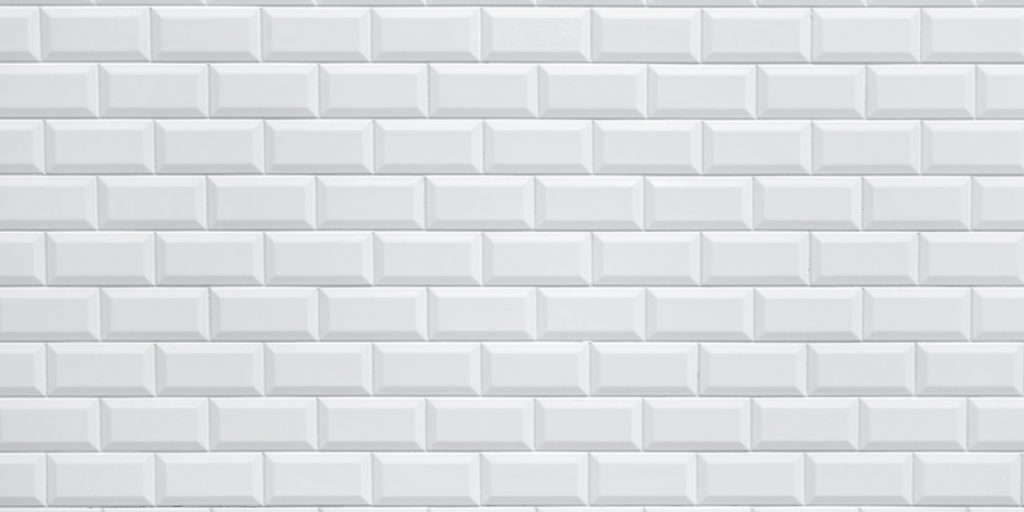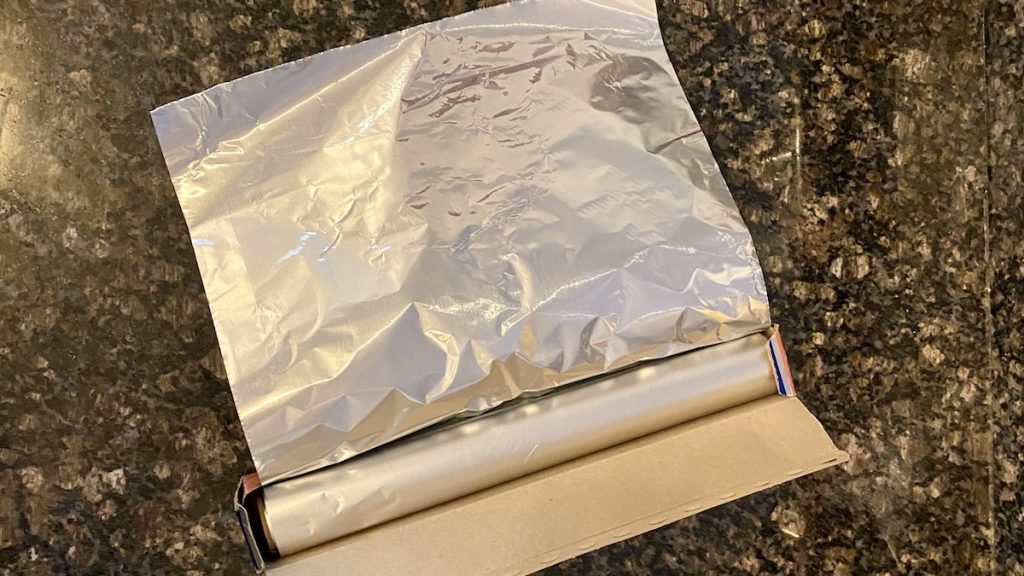Consider the pervasiveness of radio waves in our modern society. Unless you live in the middle of nowhere, you probably have no trouble tuning in your favorite AM or FM radio station whether you’re in your backyard, in your car, or in your home.
So it’s obvious that radio waves can travel long distances through the air. And they can easily pass through a variety of solid and liquid substances.
Considering the sheer number of radio waves that emanate from commercial radio stations as well as the countless applications for radio communications in the private and governmental sectors, avoiding radio waves entirely is a problematic, if not impossible proposition.
But why should you care?
The Uses and Dangers of Electromagnetic Waves
A term from classical physics, electromagnetic waves encompass the different energy frequencies within the electromagnetic spectrum.
All electromagnetic waves propagate through space. Most have been harnessed by science in order to facilitate a diverse array of useful functions.
Radio waves occupy only a narrow segment of an electromagnetic spectrum. But it includes common sources, like microwaves, infrared and ultraviolet light, X-rays, and gamma rays.
Like all electromagnetic waves, radio waves produce electromagnetic fields (EMF) and carry electromagnetic radiant energy (or electromagnetic radiation).
Radio Waves and Cancer
Over the years, EMF and electromagnetic radiation have been implicated in a range of medical diseases and disorders. In addition to the wealth of anecdotal evidence that links electromagnetic waves with a variety of health problems, a number of peer-reviewed clinical studies have echoed many of these claims.

One of the diseases most commonly associated with electromagnetic waves is cancer. Based on an increased risk for the malignant brain cancer known as glioma, which has established connections with wireless phone use, the International Agency for Research on Cancer of the World Health Organization officially classified radiofrequency electromagnetic fields as possibly carcinogenic to humans in 2011.
The comprehensive review article “Health Implications of Electromagnetic Fields, Mechanisms of Action, and Research Needs” in the scholarly journal Advances in Biology backed up this official classification, drawing upon a number of studies that have established associations between EMF exposure and increased incidence of cancerous tumors.
One of the most widely accepted and supported of these studies has drawn strong links between postnatal EMF exposure and occurrences of childhood leukemia.
Radio Waves and Electromagnetic Hypersensitivity
The article also cites clinical research into the phenomenon of electromagnetic hypersensitivity (EHS). EHS is a condition in individuals who are particularly sensitive to EMF.
Documented symptoms of ill health in many guises have been observed among clinical subjects complaining of EHS. Among its other potential negative health impacts, EMF exposure has been tied to cytotoxic and genotoxic effects.
This cytotoxicity and genotoxicity can lead to alterations in DNA and micronuclei generation that is widely considered to instigate carcinogenesis.
Studies have also tied EMF exposure to negative effects on the endocrine, cardiovascular, and nervous systems. Additionally, exposure effects various auditory, ocular, sleep, and reproductive functions.
Materials that Block Radio Waves
Depending on where you live, eliminating all radio waves from the inside of your home may prove quite difficult. But the good news is you can build your house and include many common materials like aluminum foils etc (Aluminum foils work as effective emf blocker) within your house to help block radio waves.
In fact, you can stop radio waves by absorbing them with dielectrics (otherwise known as insulators) and reflecting or otherwise diverting them with electrical conductors.
Taken together, dielectrics and conductors are the two types of matter that have a significant effect on electromagnetic waves.
Reflecting Radio Waves with Dielectrics
Although dielectrics will allow radio waves to pass through them, they reflect and absorb a tremendous amount of their power.
When a moving radio wave comes in contact with a dielectric material, the material retains some amount of the power of the wave, transforming this power into and dispersing it through heat energy.

An exceptional dielectric surface is a silvered mirror which, according to Hughes Research Laboratories Director Emeritus Adrian Popa, reflects approximately 95 percent of radio power and absorbs approximately 5 percent of radio power.
Conversely, while some radio radiation bounces off a clear glass window, most will travel straight through.
Other examples of dielectric substances include:
- Wood
- Ceramic
- Paper
- Plastic
- Teflon
In addition to these solid materials, pure liquid water also makes an exceptional dielectric.
But take caution! Because they often allow large amounts of electromagnetic radiation to pass through them, dielectrics must be relatively thick to have a significant impact.
Therefore, the effects of a single sheet of paper or a light coating of water will not protect anyone from a radio wave.
Reflecting Radio Waves with Conductors
Unlike dielectrics, which are primarily non-metallic, conductors are exclusively metals.

Examples of outstanding conductors include:
- Copper
- Aluminum
- Gold
Although conductors capture the vast majority of electromagnetic radiation that they come into contact with, they can work wonders when it comes to diverting this radiation and keeping it out of the inside of your home.
Best of all, conductive materials do not necessarily require the thickness that dielectric insulation requires in order to be effective.
As Scientific American points out,
“Thin amounts of plastic wrap, wax paper, cotton and rubber are not likely to interfere with radio waves. However, aluminum foil, and other electrically conductive metals such as copper, can reflect and absorb the radio waves and consequently interfere with their transmission.”
Scientific American
Radio Wave-Proofing Your Home
In short, depending on the thickness and composition of the materials in and around your home, you can successfully block, or at least interfere with, radio waves.
By surrounding your interior spaces with the right substances in the right proportions, you can significantly mitigate your overall exposure to electromagnetic radiation.
Continue reading: how EMF shielding materials work.


